Raw material and food
Raw materials were substances that were found naturally such as wood, or metal ore or produced by the farmers. These raw materials are then processed into finished goods. For example, cotton is the raw material processed into cloth. some raw materials were available locally while some were asked to be brought from distant lands like copper, gold, silver or some precious stones.
The Harappan have got copper from Rajasthan or Oman in West Asia. Tin were mixed with copper to produce bronze which were brought from Afghanistan and Iran. Gold were brought from Karnataka and precious stones from Gujarat Afghanistan and Iran.
People living in cities used to produce crops and reared animals. Wheat, barley, rice, pulses, lentils were crops produced.
Plough was used for turning the soil and cultivating. Plough were made of wood.
Rainfall were scarce, so the irrigation system was practiced. This means that water were provided to the fields artificially. The Harappan reared cattle, sheep , goat , buffalo. Fruits like ber were collected and fish were caught. They hunted animals like antelopes.
RAW MATERIALS
Raw materials:
Substances that are
- found naturally
- Wood
- Ores of metals
- Produced by farmers and herders
Raw materials + process = finished goods
cotton(raw material produced by the farmers) + processes = cloth
The Harappans used locally available raw materials as well as brought from distant places such as copper, tin, gold, silver, and precious stones.
- Copper from present-day
- Rajasthan
- Oman in West Asia
- Tin from present-day
- Afghanistan
- Iran
(tin was mixed with copper to produce bronze)
- Gold from present-day Karnataka
- Precious stones from present-day
- Gujarat
- Iran
- Afghanistan
- Toy cart shows that carts were used to transport things from one place to another.
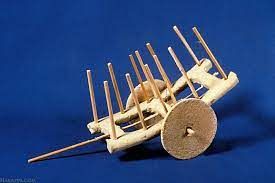
- Seals show that the trading of goods flourished at that time.
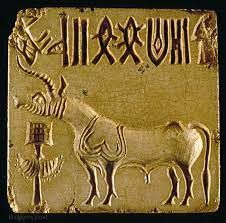
FOOD FOR PEOPLE IN THE CITIES
PEOPLE IN THE CITIES:
- The rulers, the scribes, and the crafts persons lived in the cities.
- The farmers and the herders lived in the countryside and supplied the food to the city.
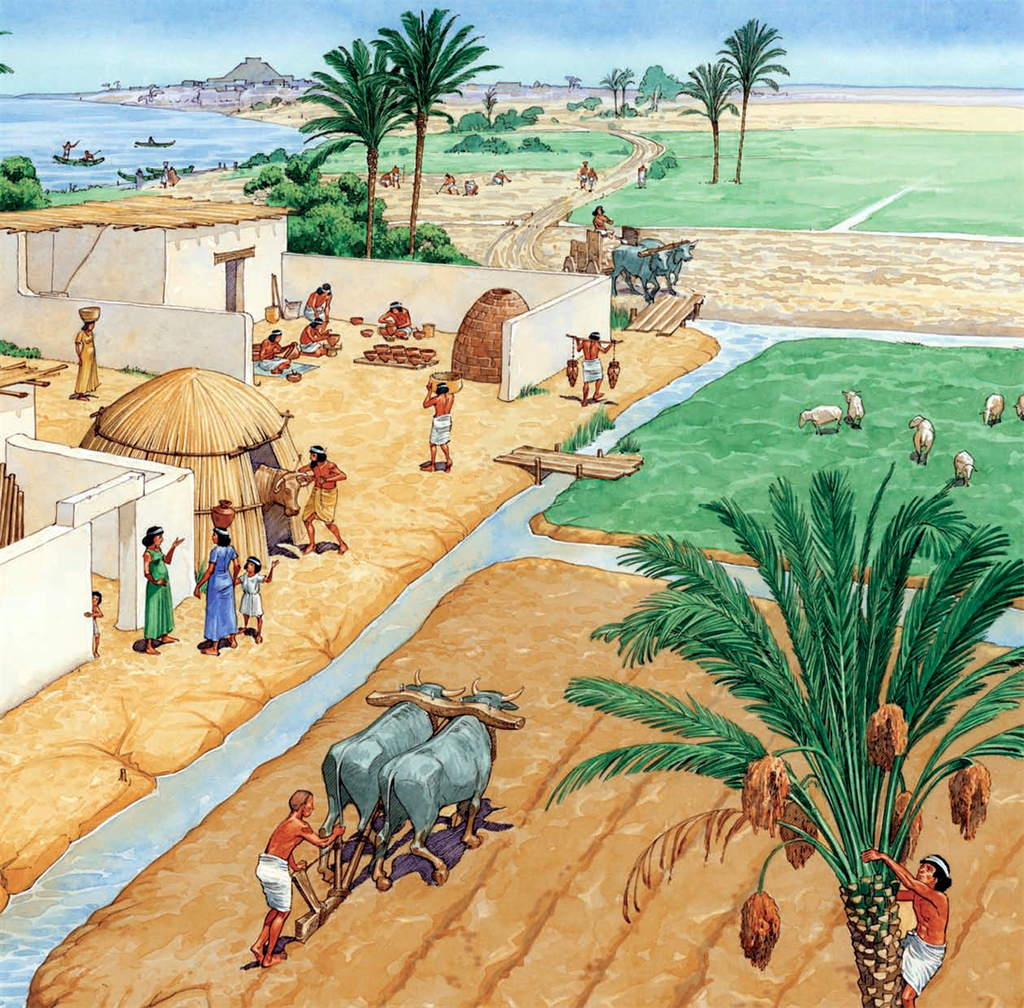
THE FARMERS:
We got to know through the remains that-
- The Harappans grew
- Wheat
- Barley
- Pulses
- Peas
- Rice
- Sesame
- Linseed
- Mustard
- A new tool.the plough was used to dig the earth and planting seeds.
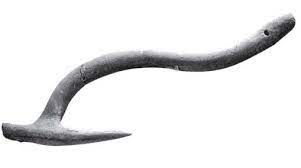
- The plough was probably made of wood that’s why not survived but toy models have been found.
- The Harappan region did not receive heavy rainfall, irrigation needed in some parts.
- This means that water once stored then supplied to the fields where plants grow.
THE HERDERS:
- The Harappan reared cattle, sheep, goat and buffalo.
- They settled around the water resources and the pasture lands.
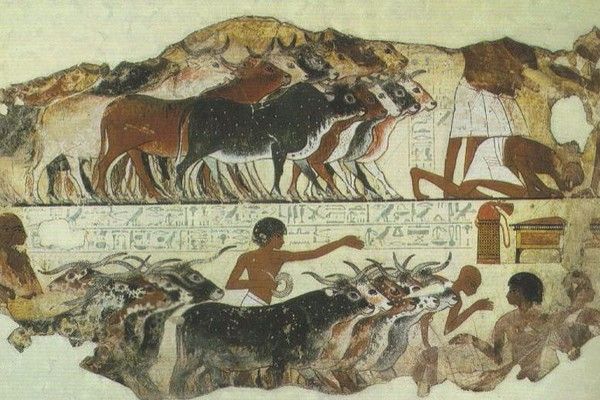
- And moved to far off places in search of water and pastures during the summers.
- They collected fruits like ber, caught fish and hunted wild animals like the antelope.

 Indira Gandhi Memorial High School
Indira Gandhi Memorial High School
